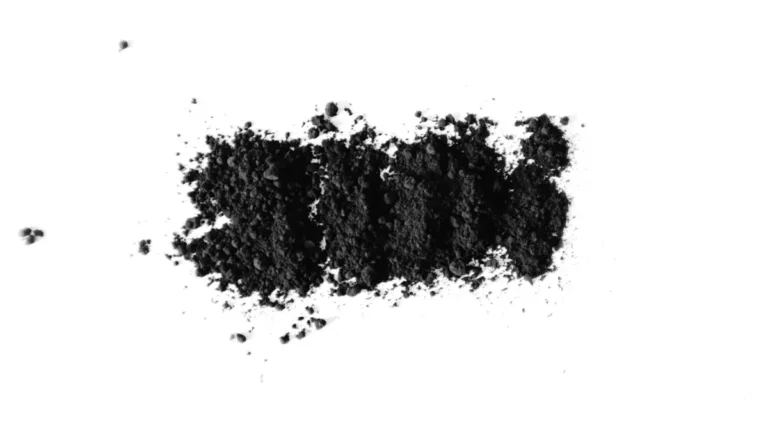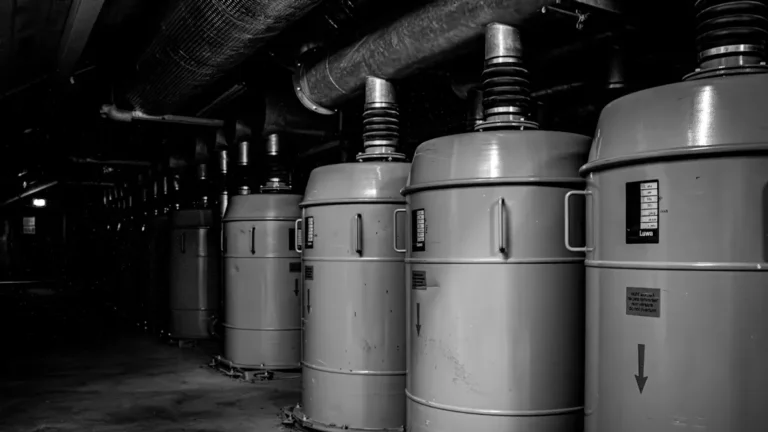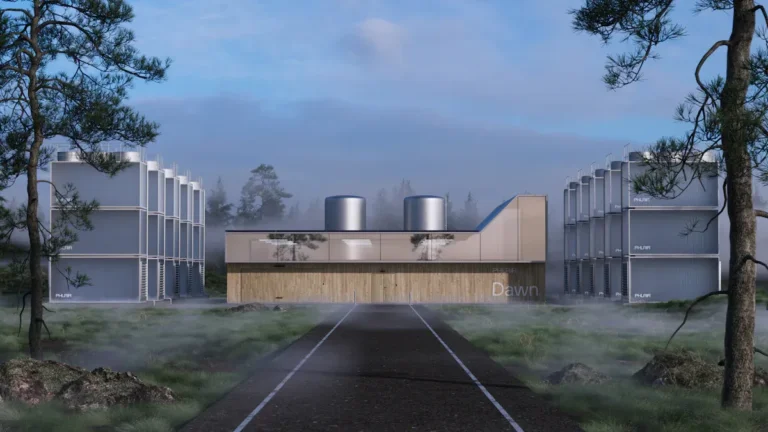Chemical Use Activated Carbon
.webp)
Buy Chemical Activated Carbon
Desulfurization Activated Carbon
Due to its high specific surface area, abundant surface functional groups and controllable chemical properties, activated carbon has become an important material in the process of flue gas desulfurization (such as in coal-fired power plants and steel sintering)

DeNOx Activated Carbon
It mainly removes nitrogen oxides (NOₓ) through adsorption, catalysis and synergistic effects. Its porous structure and surface functional groups can directly adsorb NO₂, or catalyze the reaction of NOₓ with reducing agents (such as NH₃) at low temperatures to generate N₂
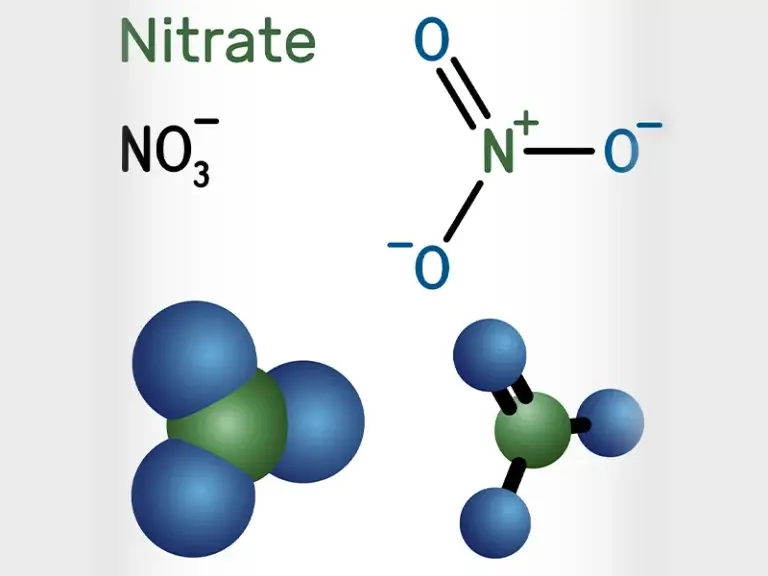
Mercury Removal Activated Carbon
It mainly works through the synergistic effect of three mechanisms: physical adsorption, chemical adsorption and catalytic oxidation. Its well-developed microporous structure (0.5-2nm) first captures gaseous mercury (Hg⁰) through van der Waals forces

Catalytic Activated Carbon
Catalytic Activated Carbon (CAC) is a porous material that possesses both adsorption function and catalytic activity. It is widely applied in various fields such as environmental treatment (desulfurization, denitrification, VOCs treatment), chemical synthesis (catalytic hydrogenation, oxidation reactions), and energy conversion (fuel cells, energy storage)
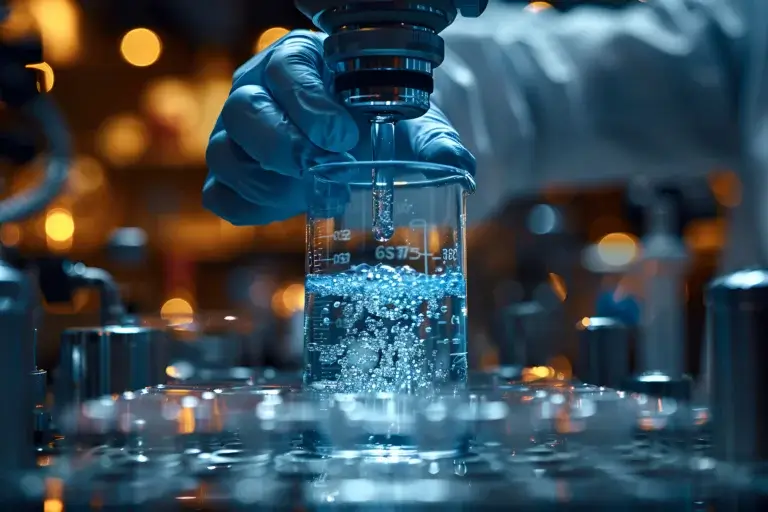
Related Blog
